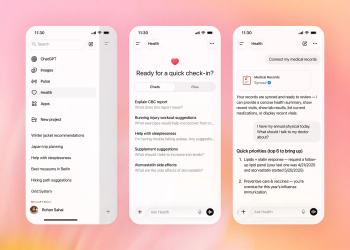
|Articles|April 10, 2013
Electronic communication tips for physicians
Physicians and consultants share advice on communicating electronically with patients.
Advertisement
Physicians and consultants share advice on communicating electronically with patients.
EMAIL AND TEXTING
- Consider increasing communicating with patients via emessaging as a way to free up time for additional interactions.
- Consider charging patients for increased access to your practice via emessaging.
- Be sure your actions comply with the Health Insurance Portability and Accountability Act and that your messages are encrypted and secure.
- If your messages are not encrypted, then include this fact in your risk analysis.
- Before you begin communicating with a patient via email, ensure that he or she is comfortable communicating this way.
- It may be acceptable for patients to send you practice-related text messages if they have your cell phone number, since they are initiating the communication, but proceed with caution before responding to ensure HIPAA compliance.
PATIENT PORTALS
- Use a patient portal to facilitate secure, private communication and provide convenience to patients who wish to access their medical records online.
SOCIAL MEDIA
- Establish your practice’s social media policy before launching social media efforts. Then enforce it.
- Limit your posts to professional matters.
- Do not mix your personal and professional accounts.
- Consider creating a fan page for your practice on Facebook. Doing so will bypass the dilemma of friend requests because fan pages operate solely on “likes.”
- Do not promote products from which you stand to gain financially.
- As a matter of policy, do not post any information that others could use to identify a patient. Before posting any image, recording, or potentially identifiable information about a patient on a public site, obtain patient authorization via a compliant agreement.
- Speak to patients collectively, but do not answer individual medical inquiries or try to make a diagnosis. Tell patients to seek individualized medical attention as appropriate.
Newsletter
Stay informed and empowered with Medical Economics enewsletter, delivering expert insights, financial strategies, practice management tips and technology trends — tailored for today’s physicians.
Advertisement
Latest CME
Advertisement
Advertisement
Trending on Medical Economics
1
5 Florida eye practices settle $6M Medicare fraud case; whole milk returns to school lunches; new AI tool screens for cognitive decline – Morning Medical Update
2
VB Spine to acquire SpineHawk Platform, expanding intraoperative visualization portfolio
3
Skin in the game: Medicare policy change is good, but more protections are needed for ACOs
4
Strengthening the blood supply: Rebuilding morale and retention in a strained laboratory workforce
5








